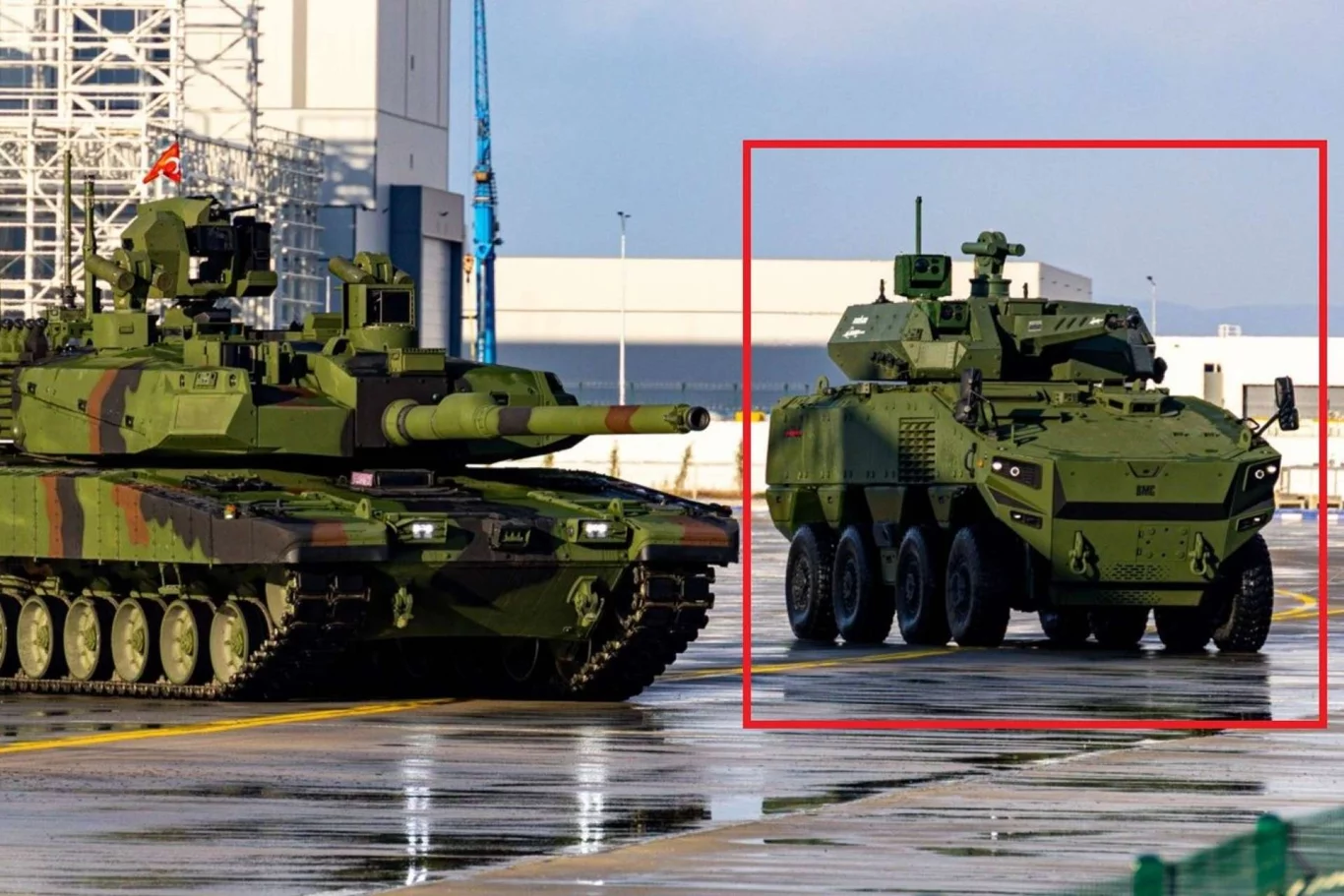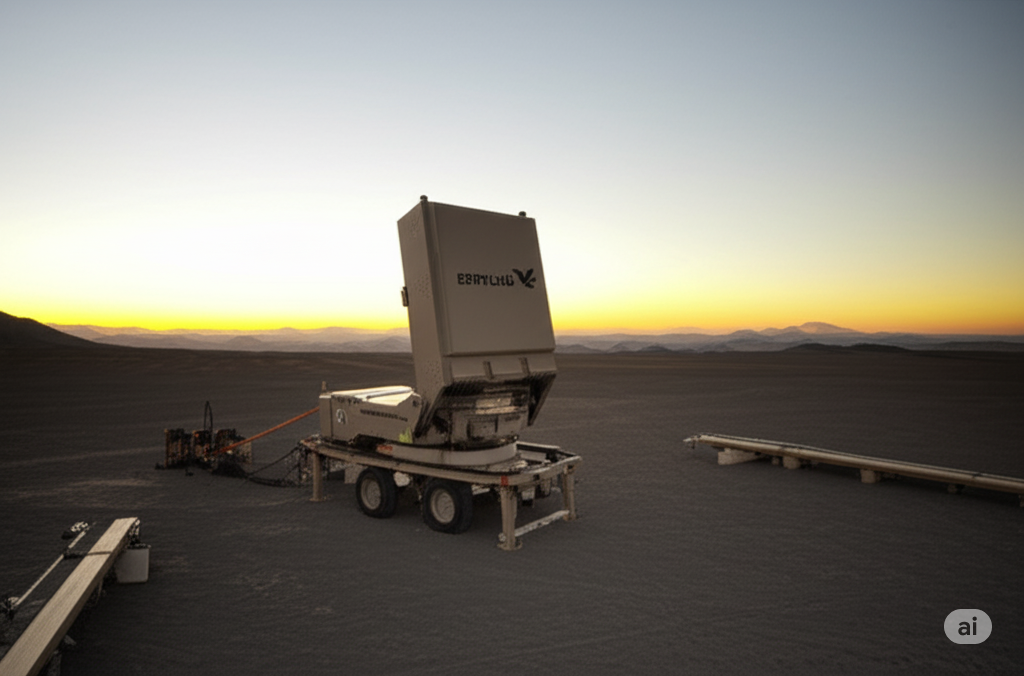In a fascinating intersection of cutting-edge consumer technology and military preparedness, the United States Air Force has set its sights on incorporating Tesla’s innovative Cybertruck into its rigorous weapons testing regime. This development, revealed through recent contracting documents submitted by the Air Force Test Center, underscores a proactive approach to anticipating future battlefield dynamics where commercially available vehicles could play unexpected roles. The request specifies the acquisition of two Tesla Cybertrucks as part of a broader procurement of 33 vehicles destined for target practice at New Mexico’s White Sands Missile Range, a premier facility for evaluating advanced munitions systems. What makes this inclusion particularly noteworthy is the explicit naming of the Cybertruck, distinguishing it from the more conventional sedans, pickups, and SUVs on the list, and highlighting its unique attributes that could pose novel challenges in combat scenarios.
The Tesla Cybertruck, unveiled by Elon Musk’s electric vehicle powerhouse in late 2019, has captured global attention with its futuristic design and bold claims of durability. Constructed from an ultra-hard 30X cold-rolled stainless steel exoskeleton, the vehicle boasts a sharply angular form that defies traditional automotive aesthetics, evoking images of a vehicle straight out of a science fiction narrative. This exoskeleton is unpainted, resistant to dents and corrosion, and has been marketed as capable of withstanding significant impacts. Independent tests and demonstrations have shown the Cybertruck’s body panels repelling bullets from subsonic pistol calibers, such as 9mm rounds, and even enduring sledgehammer blows without visible damage. Videos circulating online, including those from firearm enthusiasts and automotive reviewers, illustrate how the truck’s glass—branded as “Tesla Armor Glass”—can crack under extreme force but often holds together, preventing penetration in many cases. These features stem from Tesla’s engineering focus on robustness, with the company emphasizing the truck’s ability to “survive the apocalypse,” a hyperbolic yet effective marketing tagline that resonates in an era of increasing geopolitical tensions.
Beyond its exterior toughness, the Cybertruck’s internal architecture sets it apart from conventional vehicles. It employs a 48-volt electrical system, which is more efficient than the standard 12-volt systems found in most cars and trucks, allowing for reduced wiring weight and improved energy management. This efficiency contributes to its impressive range—up to 500 miles on a single charge in top models—and rapid acceleration, with the tri-motor variant achieving 0-60 mph in under 2.9 seconds. The vehicle’s steer-by-wire system and four-wheel steering enhance maneuverability, making it surprisingly agile for its size, which measures over 223 inches in length and weighs around 6,800 pounds. Tesla has also integrated advanced autonomous driving capabilities through its Full Self-Driving (FSD) software, which uses cameras, radar, and neural networks to navigate complex environments. While these features are primarily aimed at civilian users for off-road adventures and heavy-duty towing—capable of hauling up to 11,000 pounds—they inadvertently lend themselves to potential military or adversarial applications, such as rapid deployment in rugged terrains or as improvised armored transports.
The Air Force’s interest in the Cybertruck is not merely academic; it stems from a pragmatic assessment of evolving threats. Military planners have noted that adversaries in future conflicts could repurpose high-durability consumer vehicles like the Cybertruck for tactical advantages. “In the operating theater, it is likely the type of vehicles used by the enemy may transition to Tesla Cybertrucks, as they have been found not to receive the normal extent of damage expected upon major impact,” states the service request. This observation is grounded in real-world demonstrations and a February 2025 market study that highlighted the Cybertruck’s departure from painted steel or aluminum bodies common in other vehicles. Competitors in the automotive industry are only beginning to explore similar designs, but Tesla’s early adoption positions the Cybertruck as a potential harbinger of new vehicular threats. In irregular warfare and non-state conflicts, where fighters often adapt commercially available technology—think of the ubiquitous Toyota Hilux pickups used by insurgent groups in the Middle East—the Cybertruck’s resilience could allow it to serve as a mobile platform for weapons, reconnaissance, or even as a barrier against conventional attacks.
This procurement falls under the U.S. Special Operations Command’s Standoff Precision Guided Munitions (SOPGM) program, a critical initiative designed to enhance the accuracy and effectiveness of air-launched weapons against ground targets. The program encompasses a suite of munitions tailored for high-precision strikes with minimal collateral damage, including the AGM-114 Hellfire missile, the AGM-176 Griffin, and the GBU-39/B Laser Small Diameter Bomb. The Hellfire, a proven workhorse in anti-armor roles, uses laser guidance to deliver a shaped-charge warhead capable of penetrating heavy armor at ranges up to 11 kilometers. Originally developed for helicopters like the AH-64 Apache, it has been adapted for drones such as the MQ-9 Reaper, allowing for standoff engagements that keep pilots out of harm’s way. The Griffin, a lighter alternative, offers similar precision but with a smaller blast radius, ideal for urban environments where distinguishing between combatants and civilians is paramount. Meanwhile, the Small Diameter Bomb employs GPS and inertial navigation for all-weather operations, gliding to its target with pinpoint accuracy to destroy vehicles or structures while limiting unintended destruction.
Testing at White Sands Missile Range, a vast 3,200-square-mile expanse in southern New Mexico, provides the ideal controlled environment for these evaluations. Established in 1945 as part of the Manhattan Project, the range has evolved into a hub for missile and munitions trials, hosting everything from nuclear tests to modern hypersonic weapon demonstrations. Its arid desert landscape and restricted airspace allow for safe, realistic simulations of combat scenarios, including live-fire exercises against static and moving targets. By incorporating the Cybertruck into these tests, the Air Force aims to calibrate its munitions against vehicles that exhibit atypical damage profiles. For instance, the stainless steel exoskeleton might deflect or absorb explosive forces differently than softer materials, potentially requiring adjustments to warhead designs or guidance algorithms. This mirrors historical adaptations, such as when the military tested weapons against Soviet-era tanks during the Cold War to ensure effectiveness against emerging threats.
The broader implications of this move extend beyond immediate testing needs, reflecting a paradigm shift in how the U.S. military anticipates and counters technological proliferation. As electric vehicles (EVs) gain traction globally— with Tesla leading the charge, producing over 1.8 million vehicles in 2024 alone—their integration into conflict zones becomes increasingly plausible. Adversaries, ranging from state actors like China or Russia to non-state groups such as militias in Africa or the Middle East, could acquire Cybertrucks through black markets or legitimate purchases, modifying them for warfare. Reports from automotive analysts indicate that the Cybertruck’s battery pack, composed of 4680 cells, offers high energy density but could pose unique vulnerabilities, such as thermal runaway in the event of a hit, leading to fires that are difficult to extinguish. However, its overall build has prompted discussions in defense circles about the need for updated tactics. A 2024 study by the RAND Corporation on emerging vehicle technologies in asymmetric warfare emphasized that EVs’ silent operation and reduced thermal signatures could complicate detection by infrared sensors, adding another layer of complexity to targeting.
Public and expert reactions to the Air Force’s plan have been mixed, blending amusement, skepticism, and strategic approval. On social media platforms like X (formerly Twitter), users have quipped about the Cybertruck finally finding its “true calling” as a target, with one post noting, “Someone finally found a use for Elon’s useless CyberTruck.” Others have raised concerns about taxpayer dollars funding what they perceive as extravagant purchases, especially given the Cybertruck’s base price of around $80,000, potentially escalating to over $100,000 for higher trims. Critics argue that simulating threats with modified existing vehicles would be more cost-effective, but defenders point out that the unique materials necessitate direct testing. Elon Musk himself has touted the Cybertruck’s bulletproof qualities, demonstrating in 2019 how its doors withstood 9mm handgun fire, though a infamous window-shattering incident during the unveiling added a layer of irony to its durability claims.
Defense analysts, however, see this as a forward-thinking strategy. In an article from The War Zone, experts explained that the military routinely tests against real-world vehicles to refine precision-guided munitions, citing past uses of Toyota Hiluxes as proxies for insurgent technicals. The Cybertruck’s inclusion aligns with the Department of Defense’s emphasis on adapting to “repurposed consumer technology,” a trend accelerated by conflicts like the Russia-Ukraine war, where drones and commercial electronics have reshaped tactics. The U.S. Army’s Precision Strike Missile (PrSM), part of the broader PGM ecosystem, exemplifies this evolution, offering extended range and anti-jamming capabilities to counter sophisticated defenses. Similarly, the Joint Air-to-Ground Missile (JAGM) integrates multiple guidance modes—laser, millimeter-wave radar, and semi-active laser—to ensure hits on moving targets like vehicles, even in GPS-denied environments.
Looking ahead, this initiative could influence automotive and defense industries alike. Tesla might leverage the publicity to enhance its brand’s rugged image, potentially leading to specialized variants for government or security applications. Meanwhile, the military’s focus on EVs signals a shift toward sustainable logistics, with electric platforms reducing fuel dependencies in forward operating bases. Challenges remain, including the Cybertruck’s charging infrastructure needs in remote areas and its vulnerability to electromagnetic pulses, but these tests will provide invaluable data. As global tensions rise, with conflicts in regions like the Indo-Pacific and Eastern Europe highlighting the role of advanced vehicles, the Air Force’s proactive stance ensures that U.S. forces remain equipped to neutralize emerging threats effectively.
In essence, the decision to target Cybertrucks represents more than a quirky procurement; it’s a testament to the blurring lines between civilian innovation and military necessity. By mirroring real-world possibilities, where a vehicle designed for highways could end up on battlefields, the Air Force is fortifying its arsenal against an unpredictable future. This blend of foresight and adaptation not only enhances operational readiness but also underscores the importance of staying ahead in the technological arms race.




